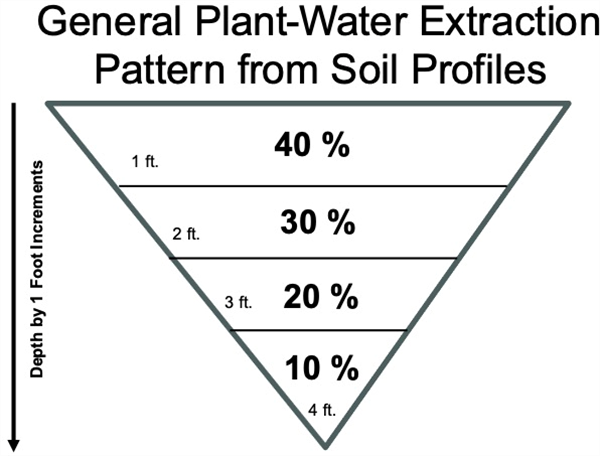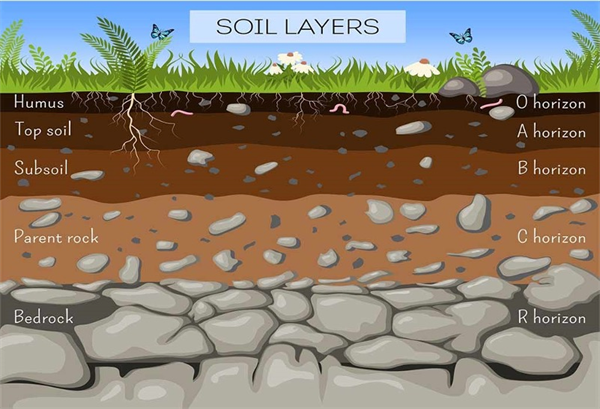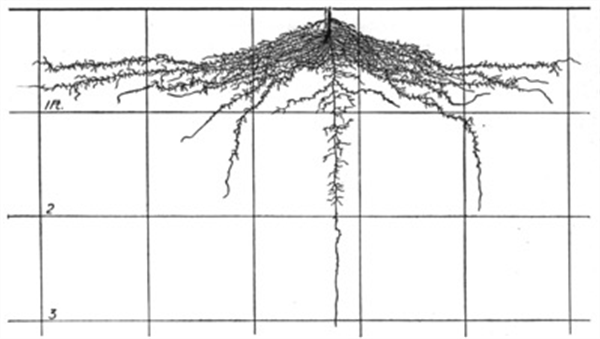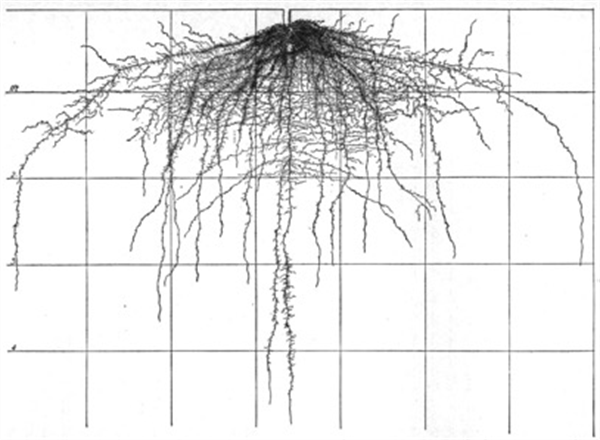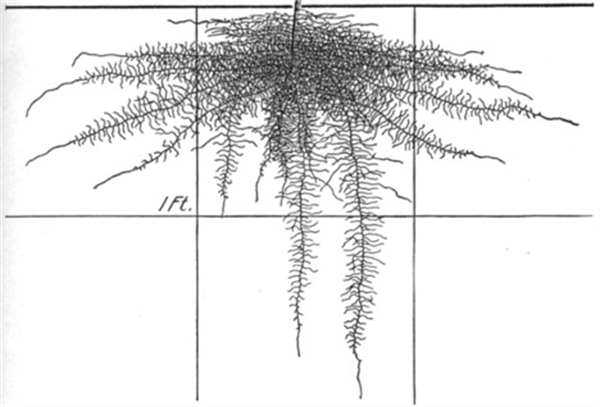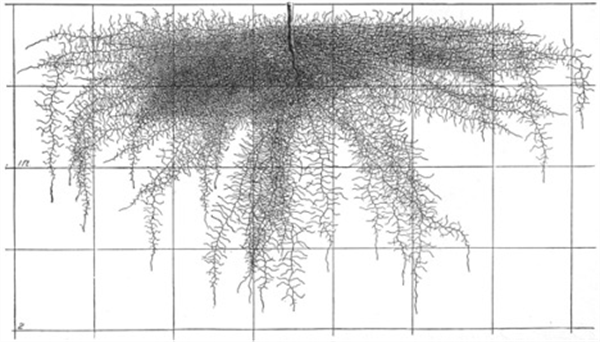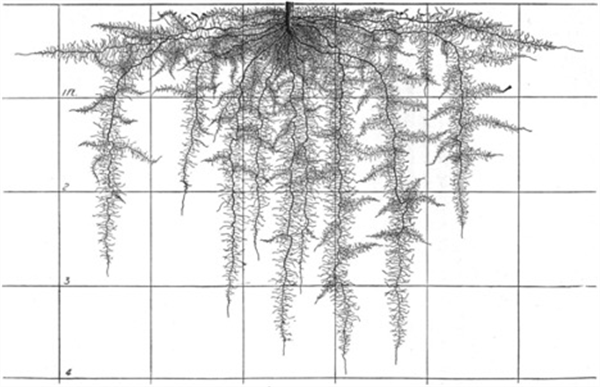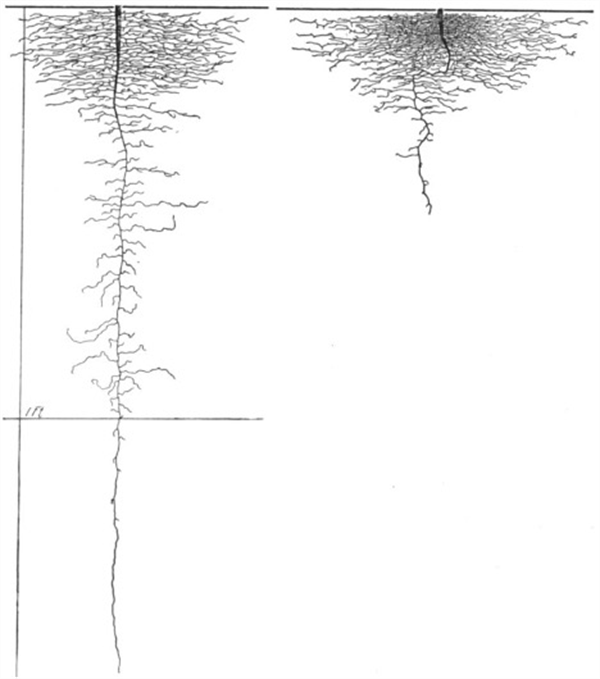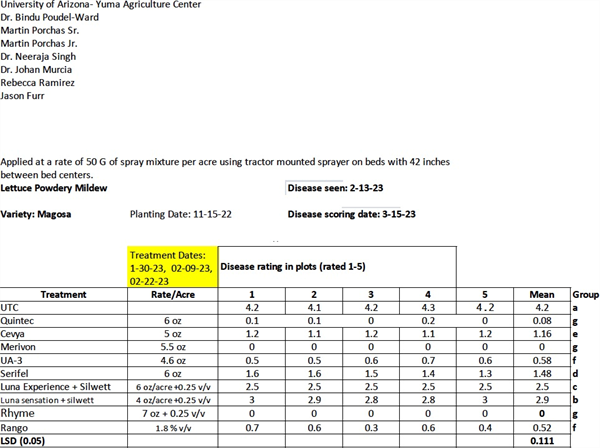-
Mar 6, 2024Late-season Thrips Management in Lettuce (2024)
So far this season, WFT numbers have been below average based on sticky trap counts, field reports and population densities here at YAC. This is likely due to the cooler temperatures and timely rainfall we’ve experienced this winter. Although INSV incidence in Yuma has been mostly negligible this season, the potential for infection in late plantings is possible. However, now that the season is winding down and weather is warming up, you can expect WFT numbers to begin to increase. We typically observe “bioconcentration" of WFT during March and April on late lettuce as surrounding produce acreage declines. Each time a produce field is harvested, and disked, adult thrips disperse from these areas into the next available lettuce field. As the number of lettuce acres becomes reduced near the end of the season, this creates a bottleneck effect that concentrates high numbers of thrips adults on the remaining fields under production. This can often make chemical control of WFT very difficult, particularly in March, as adults can continually re-infest fields following spray applications. So, what management approaches can you take to manage thrips and hopefully reduce the potential incidence of INSV. The first line of defense should be sanitation. Growers should disc under produce crops immediately following harvest. The longer a harvested crop remains above ground, the more insects that can build up and move to adjacent lettuce fields, especially with the dry, windy, and warm weather we typically have in March. If only light INSV incidence is present in pre-harvest fields, PCAs should consider rogueing and removing suspect plants from the field. Ultimately, this may curb secondary infection within the field.
Effective WFT control with insecticides is the best approach to minimizing cosmetic feeding damage and may reduce spread of INSV within fields. For adults, which can easily be found on the leaf surface, your best choices of insecticide are methomyl (Lannate) or acephate at a high label rate. They are the most efficacious products against adult WFT. Radiant is not as consistently efficacious against adults, but a 7 oz or higher rate will provide the best knockdown and residual control of WFT larvae. Remember, the key to preventing cosmetic damage by WFT is to maintain larval populations at low levels. The cryptic or thigmotactic behavior of thrips often makes them difficult to find on lettuce plants. Research has shown that if you can see a few adults and larvae on the plant, it means that there are likely 10-fold more thrips actually on the plant (hiding near the base of the plant between midribs). This behavior also means that spray coverage is important, particularly with contact insecticides like Lannate. There are other insecticides such as Torac, Minecto Pro, Exirel, Movento and Assail that can provide suppression (~50% control) against WFT larvae, but don’t expect much activity against adults. For more information on the identification, biology, ecology, and management of thrips on desert produce please visit Thrips and INSV Management on Desert Letttuce-2024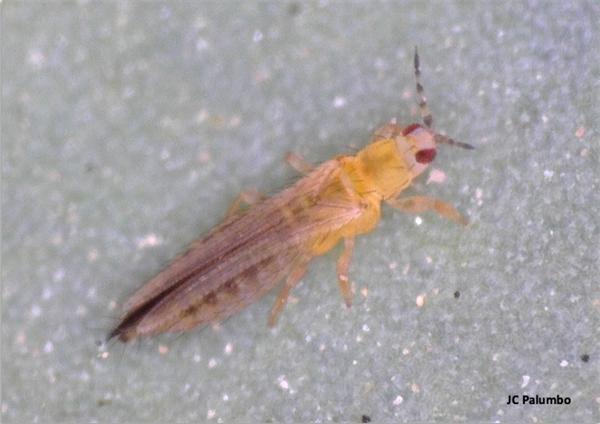 To contact John Palumbo go to: jpalumbo@ag.Arizona.edu
To contact John Palumbo go to: jpalumbo@ag.Arizona.edu



